Gene Sharp Right Livelihood Award Speech
“for developing and articulating the core principles and strategies of nonviolent resistance and supporting their practical implementation in conflict areas around the world.”
Gene Sharp is the world´s foremost expert on nonviolent revolution and has been described as the “Machiavelli of nonviolence”. In a lifetime of academic work, he has established nonviolent action and people power as a successful means of political change. Sharp’s writings on nonviolent struggle have been used by social movements around the world, from the jungles of Burma to the streets of Serbia and Tahrir Square in Egypt during the Arab Spring.
Gene Sharp (born January 21, 1928) was a researcher at the Center for International Affairs, Harvard University, for nearly 30 years. He is a graduate of Ohio State University with a B.A. in social sciences and an M.A. in sociology, and of Oxford University with a D.Phil. in political theory.
In 1983, Gene Sharp founded the Albert Einstein Institution, to promote the study and strategic use of nonviolent action in conflicts. He currently serves as the Senior Scholar. The Albert Einstein Institution’s Executive Director is Jamila Raqib.
Sharp discovered as a graduate student that while historical accounts and research on violent conflict and military strategy were abundant, the successes of nonviolent actions had often been written out of the history books. To address this problem he began to study the historical cases where nonviolent means of struggle were used, in order to understand how the technique worked.
While writing his first book on Gandhi at 25 years old, Sharp was jailed for 9 months for conscientiously objecting to conscription for the Korean War. He discussed his decision to go to prison for his beliefs in letters to Albert Einstein who wrote a foreword to this first book.
While continuing his studies in Norway from 1957-60, Sharp began to analyse how nonviolent action operates in conflict, and to list specific methods of resistance. He studied Gandhian actions, looking for factors determining success and failure. His research work in Oslo included the resistance to the German occupation of Norway during World War 2, where evidence of nonviolent action had often previously been ignored.
Sharp argues that the major unresolved political problems of our time – dictatorship, genocide, war and social oppression – require us to rethink politics. He maintains that pragmatic, strategically planned, nonviolent struggle can be highly effective in ending oppression.
His writings have helped governments and social movements around the world plan and implement the use of successful nonviolent resistance. In 1990, Sharp advised the Swedish Ministry of Defence on their plans to incorporate a nonviolent resistance component into the existing military defence policy.
Sharp’s book Civilian-Based Defense was used by the Lithuanian, Latvian, and Estonian governments during their separation from the Soviet Union in 1991. Lithuanian Defence Minster Audrius Butkevicius declared at the time, “I would rather have this book than the nuclear bomb”.
At the request of democracy activists, Sharp travelled illegally into Burma in 1992 to teach workshops on nonviolent action to students, democracy activists and Karen rebel fighters.
A Burmese intellectual asked him to write an analysis that could be applied for the Burmese situation. Sharp resisted writing specifically for Burma but published a generic analysis in 1993 called From Dictatorship to Democracy. Simple to translate and easy to smuggle across borders this book would go on to become one of the seminal works for democracy activists across the world, translated into more than 34 languages on every continent.
Despite operating with modest funding for the past 8 years and working out of his home in East Boston, Gene Sharp has made From Dictatorship to Democracy and other key texts available for free online from the Albert Einstein Institution website. These texts have been studied by groups including Egypt’s April 6 Movement, Serbia’s Otpor, Georgia’s Kmara, Kyrgyzstan’s KelKel and Belarus’ Zubr in their efforts to effect change in their societies without the use of violence. Oleh Kryenko, one of the leaders of Ukraine’s ‘Orange Revolution’, said in 2004: “The bible of PORA has been the book of Gene Sharp, also used by OTPOR, it’s called From Dictatorship to Democracy.”
Since its release in 2004, the Farsi edition of From Dictatorship to Democracy has been downloaded thousands of times by Iranians. Access to Sharp’s writings peaked after the post-election ‘green uprising’ in 2009, and at the first court trial of activists arrested during the protests, Gene Sharp was cited (through his writings) as having influenced the activities of the Iranian opposition, which were described as having been planned in advance. One of the methods, which Sharp listed and the Iranian activists implemented, was for people to stay at home and paralyse a city as an expression of resistance against the regime.
In 2010, Sharp published Self-Liberation: A guide to Strategic Planning for Action to End a Dictatorship or Other Oppression, a curriculum designed to enable groups to self-reliantly develop grand strategies for their struggles. His latest book, Sharp’s Dictionary of Power and Struggle: Language of Civil Resistance in Conflicts is a reference work of key terms related to power and struggle, and was published by Oxford University Press in January 2012. His book How Nonviolent Struggle Works is forthcoming in Autumn 2012.
In 2011, How to Start a Revolution, a documentary focusing on Gene Sharp’s writings and their impact on resistance movements around the world, was released, and has since been viewed by millions around the world winning 8 international awards including a Scottish BAFTA. The film, written and directed by British filmmaker Ruaridh Arrow, contains powerful archival footage of the use of nonviolent action in Serbia, Iran, Egypt, and elsewhere, as well as interviews with various of Sharp’s associates.
http://www.rightlivelihood.org/sharp.html
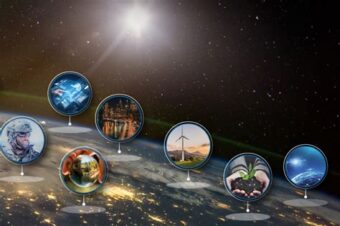
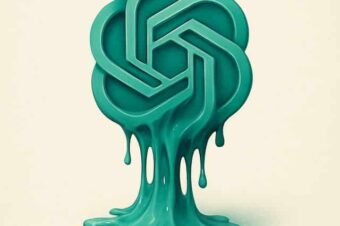
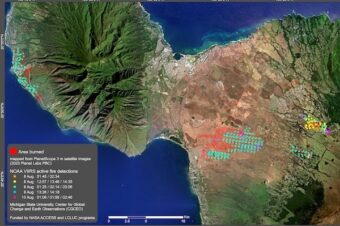
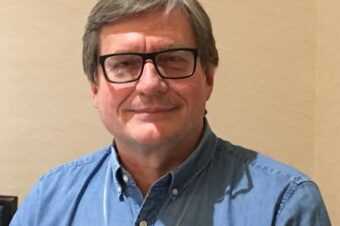


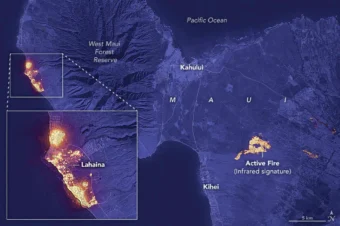

Leave a Reply